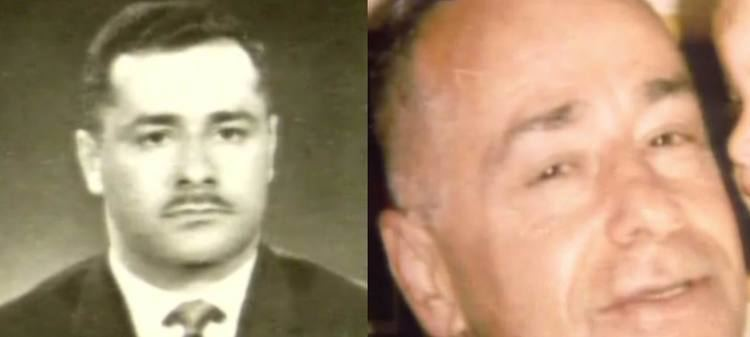RAW Spymaster (2000-03) Vikram Sood [architect of India's covert infrastructure in Afghanistan] said:
"By 2002-03 we started saying we can’t keep Pashtuns our forever, they constitute a single largest ethnic group and are the closest to Pakistan border..
..you can't deal with Balochistan unless we deal with Pashtuns. And there are groups like the ANP and the old Wali Khan group who are our friends. So India can't dump them. You've got to keep them. That's how this started."
The element of increasing India's..
..covert footprint in Balochistan was a driver of India's relation with Pashtun political figures in Afghanistan. After the 2004 Afghan presidential elections, India increased its support for Karzai.
The Afghan president, in a candid response, admitted that..
..Brahamdagh Bugti was operating from Afghanistan. Maintaining that he did not consider Baloch separatists as terrorists.
Soon after 2002, India began developing it's the covert infrastructure to develop what Indian officials called their *Baloch and Pashtun* cards..
..Afghanistan's intelligence agency, the NDS, then under Arif Sarwari, who had an excellent rapport with India since the civil war years, was a strong ally.
With Karzai's permission, Arif began dispatching NDS officers for training to India, unlocking new and..
..heightened levels of intelligence cooperation.
Arif's successor Amrullah Saleh also had a close relationship with Narayanan (India's National Security Advisor)
"My Enemy's Enemy: India in Afghanistan from the Soviet Invasion to the US Withdrawal" by Avinash Paliwal








